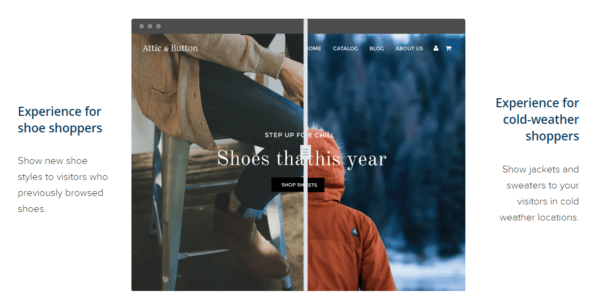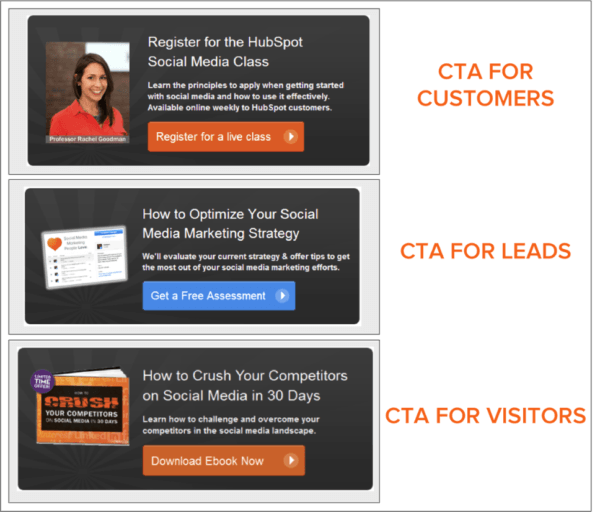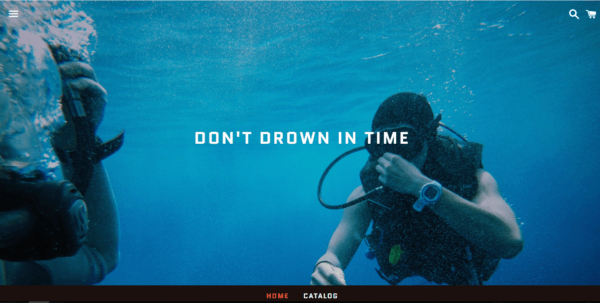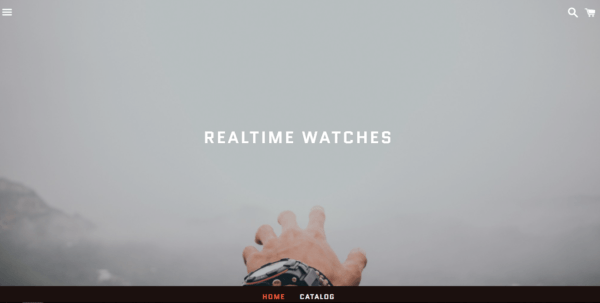Have you ever met a stranger and instantly hit it off? They’re interested in all the same things you are, the conversation flows easily, and you feel like you’ve been friends for years…
Such situations might not manifest themselves every day, but we can all agree that it’s pretty awesome when they do.
So what if you could make your website into the equivalent of that stranger? That’s the allure of personalized web experiences.
Website personalization allows your website to dynamically change depending on the characteristics of each person visiting your site. And through those real-time changes, you can serve up a website that better fits the needs of each individual visitor.
That promise is why 94% of businesses think personalizing web experiences is “critical to [their] current and future success.”
But what, specifically, is web personalization? Does it actually work? And can you implement it on your site without a 6-digit budget? Let’s find out.
Personalized Web Experiences Adapt Your Site To Your Visitors
Web personalization is the idea of dynamically changing your website’s content depending on the characteristics of specific visitors to your site. With the right tool, this personalization can stem from pretty much any variable you’re able to track. The referral source, the number of times they’ve visited your site… you name it.
Web personalization allows you to customize the entire buyer journey for each individual visitor: a perfectly tailored experience from start to finish.
Perhaps the most easily graspable example is Optimizely’s graphic depicting the different eCommerce experiences for visitors specifically interested in shoes versus those simply living in cold climates:

Web Personalization Isn’t Just About Online Actions, Either
According to the 2017 Personalization Development Survey from Monetate, the most common data sources for personalization are:
- Email activity
- Mobile actions
- Website behavioral data
But the neat thing about web personalization is that you don’t have to make it solely about the digital actions of your visitors. As long as you can reliably collect a piece of data (e.g. via a CRM), you can build end-to-end personalized web experiences based on offline activities like sales calls or in-person meetings.
Personalization Is Not The Same As Customization
Now, you might be thinking, “aha! Plenty of websites already let me see personalized content by selecting my interests.” And that is a type of customization. But if the customization comes from user input, it’s not the same thing as web personalization.
In the words of Amy Schade at Nielsen Norman Group, “customization gives control to the user and personalization gives control to the site.” That is, the actual mechanics of personalization happen in the background, out-of-sight of your visitors’ eyes.
Do Personalized Web Experiences Actually Make a Difference?
One of the leading causes of page abandonment is inconsistent web experiences. When a user lands on a website that doesn’t relate to their interests and isn’t relevant to their needs, they’re more likely to leave.
Let’s put it this way: if you’re not personalizing your web experiences, you might be annoying the majority of your visitors. In a 2013 survey from Janrain, 74% of respondents said that they get “frustrated” with websites “when content, offers, ads, promotions, etc. appear that have nothing to do with their interests.”
But while improving your site’s user experience is always a nice thing, it’s made even nicer when that correlates with an improvement in your bottom line.
And, as luck would have it, plenty of data suggests that personalized web experiences are good for business.
For example, Monetate found that web personalization boosted sales by an average of 20%. And HubSpot discovered that even the simple act of serving up personalized CTAs generated 42% more leads than untargeted CTAs for the 93,000+ data points that they looked at.
If you think about it, it’s not especially difficult to grasp why that is: people are just plain more likely to click, buy, or read content that fits what they’re interested in. And when people are more interested in what they see, due to consistent, relevant user experiences, they’re more likely to be satisfied and less likely to abandon your page.
Can You Get This For Your Site Without An Enterprise Budget?
Up until now, most efforts at personalizing web experiences either:
- Focus on one specific touchpoint like email or landing pages
- Are targeted towards massive enterprises with massive budgets (and tech teams) to match
But as web personalization has started to mature, new players have entered the field that makes full-journey web personalization accessible to small businesses. And yes, some of them even work with the world’s best CMS, WordPress.
Hyver
Hyver lets you serve up dynamically personalized content over your entire site. And unlike platform-specific personalization tools like HubSpot and Unbounce, Hyver is multi-platform. Which means…it works with WordPress! And pretty much anything else you throw at it.
All you need to do is add one basic tracking code to your site. Then, you use CSS selectors to target specific areas of your site for dynamic content. Or, if you’re using a WordPress page builder, you can just add an HTML code snippet from Hyver to a page builder element.
In addition to working on our favorite CMS, Hyver differentiates itself from much of the competition by:
- Letting you personalize content over your whole site, rather than just a specific section like your emails or landing pages.
- Leaving you with full control over your data. While Hyver does use your data in real-time, it doesn’t lock you into the platform.
- Giving you access to your data in real-time via Zapier so that you can synchronize it with your CRM, Slack, email marketing platform, or any other service you’re using.
Examples of Web Personalization In Action
Done well, web personalization is something you shouldn’t notice in your day-to-day life. It should feel natural, not jarring.
To get a better idea of how web personalization actually works, let’s take a behind-the-scenes peek at a few more examples of web personalization in the wild.
Personalized CTAs from HubSpot
Wondering how that CTA statistic from HubSpot plays out? Here’s a real-life breakdown of how you could personalize CTAs for your visitors depending on where they’re at in their buyer’s journey:

Personalized Landing Page from Hyver
Take this example from the folks at Hyver, who put together an example to showcase how a user who clicked through to a watch site from an Instagram post mentioning scuba diving would experience a fictional eCommerce site differently than other visitors:

Visitors who didn’t visit from that specific Instagram post would see the regular homepage:

FetchRev Personalized Landing Page
We also had a chance to interview Brandon Willey at FetchRev for part of this article. Before learning about accessible web personalization, FetchRev was planning to build out 12 separate landing pages for visitors from their various ad campaigns.
A smart idea to boost conversion rates… but building out and maintaining 12 similar, but different, pages is a major pain.
Website personalization from Hyver allowed FetchRev to create one unified landing page that dynamically changes depending on each visitor’s referring source. And while personalizing web experiences was FetchRev’s initial goal, they’ve since expanded into using Hyver to personalize other parts of the buyer journey.
Hyver integrates with FetchRev’s CRM, which allows them to automatically view visitor segments as contacts and leads. This enables FetchRev to send targeted, personalized emails to these leads based on their interests and site behavior. The result is a more powerful marketing and sales strategy that serves up compelling content that FetchRev’s users want to see.
Some Other Web Personalization Tools In The Space
While Hyver is fairly unique in its full journey, multi-platform approach, it’s by no means the only player in web personalization. Here are some others…
- Bunting – skews towards eCommerce personalization.
- HubSpot – one of the industry leaders, but requires using the HubSpot platform.
- Optimizely – split testing and web personalization wrapped into one.
- Unbounce – personalized landing pages, but you need to use the Unbounce platform.
- Monetate – like Hyver, targets the full customer journey, but specifically for eCommerce sites.
Towards a More Personalized Future
Your visitors aren’t the same. They didn’t come from the same place. They aren’t interested in the same products. And they won’t all be moved to action by the exact same website.
There’s a reason why 91% of the marketers surveyed by Evergage said that they “use or intend to use real-time personalization within the next year.” Done right, it can boost your conversions and sales, all while serving up a better user experience.
Just remember – if you want to personalize web experiences on your WordPress site, a managed WordPress host like Pagely can help serve up personalized content lightning-fast.

Personalizing web experiences will help a lot to increase the conversions. This article is a worth reading article and it explains in detail about how can we improve conversions.